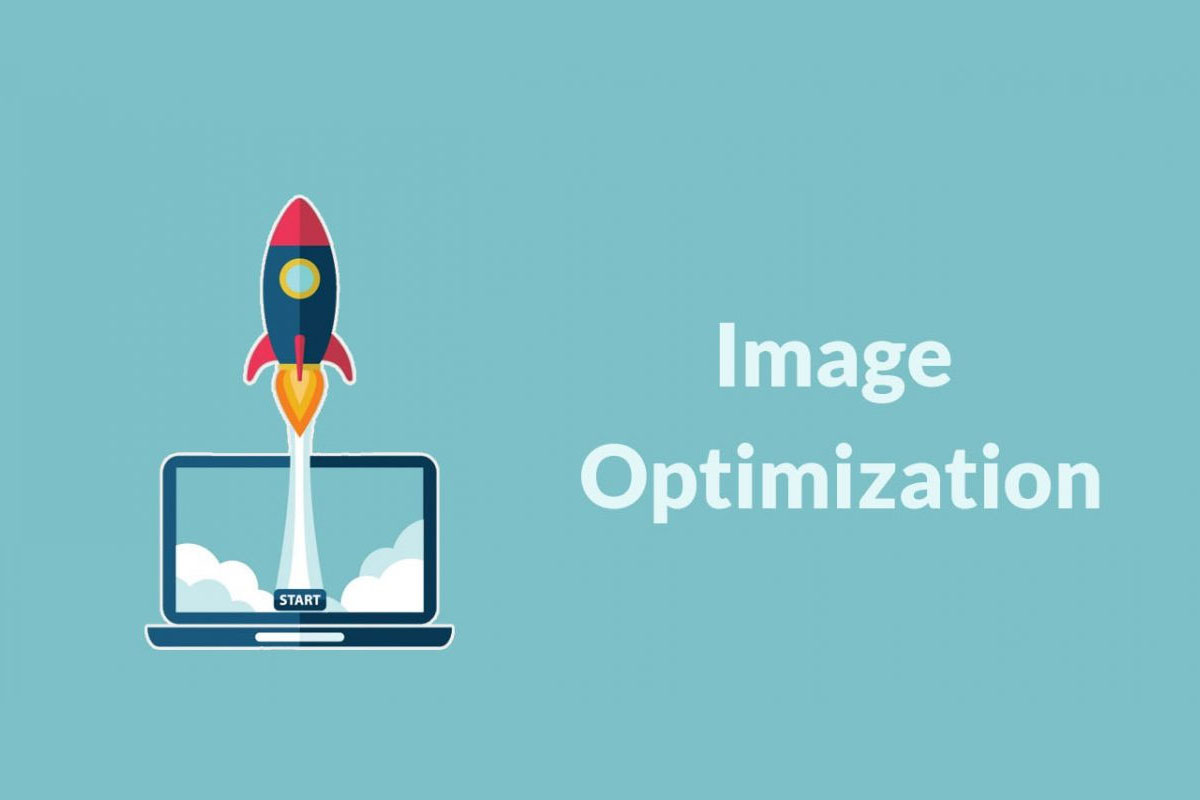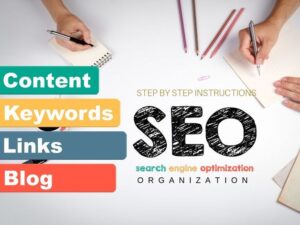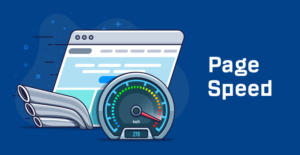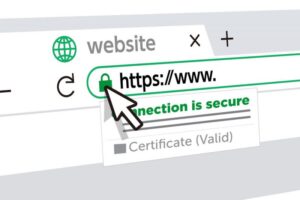A picture is worth a thousand words, and on your WordPress website, images play a crucial role in engaging your audience. Whether you’re managing a professional website, an e-commerce platform, or require website maintenance, optimizing your media is key to enhancing user experience and site performance. In this guide, we’ll explore the impact of images and how to optimize media in WordPress. If you need expert guidance on media optimization or any web-related service, please contact me at email: afhamzahid5@gmail.com or Phone: +92 315-3212271.
Table of Contents
The Power of Visuals
Images are a powerful tool for conveying information, evoking emotions, and capturing your audience’s attention. However, they also have a significant impact on website performance. Unoptimized images can slow down your site and affect user experience, especially on mobile devices.
Why Media Optimization Matters
- Faster Loading Times: Optimized images result in faster loading times. In today’s fast-paced online world, users expect websites to load quickly. If your site is slow, you risk losing visitors and potential customers.
- Improved SEO: Search engines consider page speed when ranking websites. Faster-loading pages are more likely to rank higher in search results. Optimizing your media can positively impact your SEO efforts.
- Mobile Friendliness: With the increasing use of mobile devices for browsing, it’s essential that your website loads efficiently on smaller screens. Optimized images are a must for a mobile-friendly site.
How to Optimize Media in WordPress
- Choose the Right Image Format: Use the appropriate image format for your content. JPEG is great for photographs, while PNG is better for images with transparency. WebP is a newer format known for its efficient compression.
- Resize Images: Resize images to the dimensions needed for your website. Uploading unnecessarily large images and then scaling them down in HTML or CSS can slow down your site.
- Use Compression: Compress images to reduce file size. WordPress plugins like Smush and EWWW Image Optimizer can automatically compress images without sacrificing quality.
- Leverage Lazy Loading: Implement lazy loading, which delays the loading of images until they’re visible on the screen. This saves bandwidth and improves load times.
- Enable a Content Delivery Network (CDN): A CDN can distribute your media files across multiple servers, delivering them from the server nearest to the user. This reduces latency and speeds up content delivery.
- Optimize Alt Text: Don’t forget to add descriptive alt text to your images for better accessibility and SEO. Alt text helps search engines understand the content of the image.
- Regularly Audit Media: Periodically audit your media library to remove any unused or unnecessary images. This helps keep your WordPress site clutter-free.
Conclusion
Media optimization is an essential practice for any WordPress site, whether it’s a professional website, an e-commerce platform, or a site requiring maintenance. Optimizing your images not only enhances user experience but also positively impacts website performance and SEO.
If you have questions about media optimization in WordPress or need expert guidance on web-related services, please contact me at email: afhamzahid5@gmail.com or Phone: +92 315-3212271. I’m here to assist you in maximizing the impact of images on your WordPress website.




